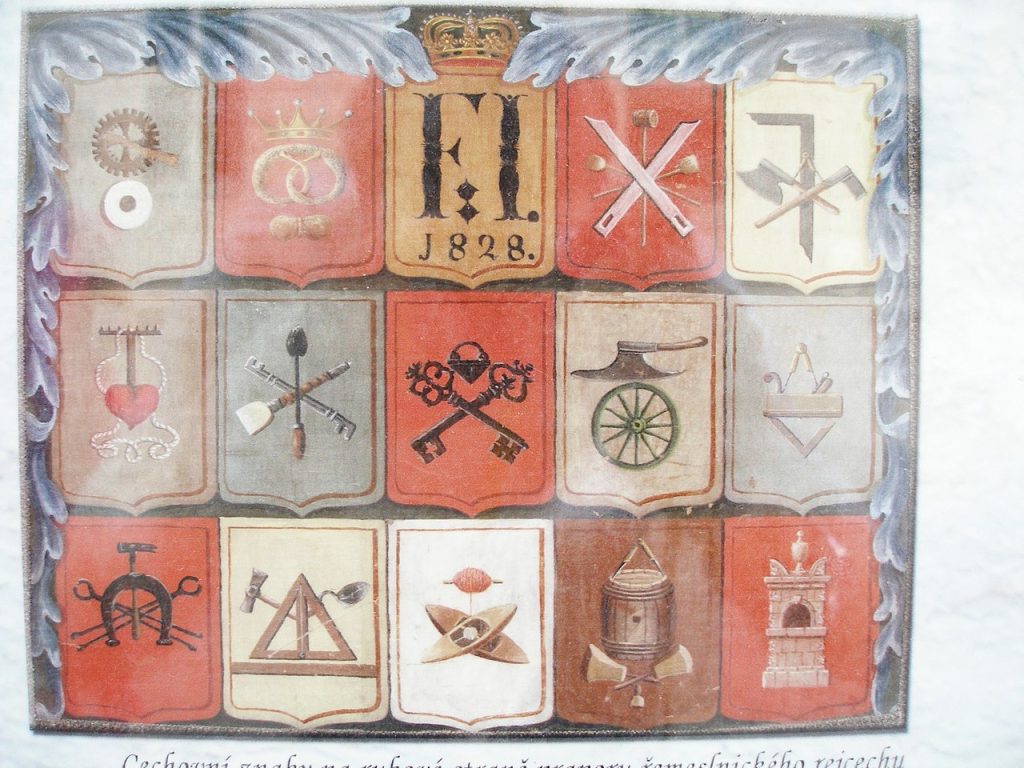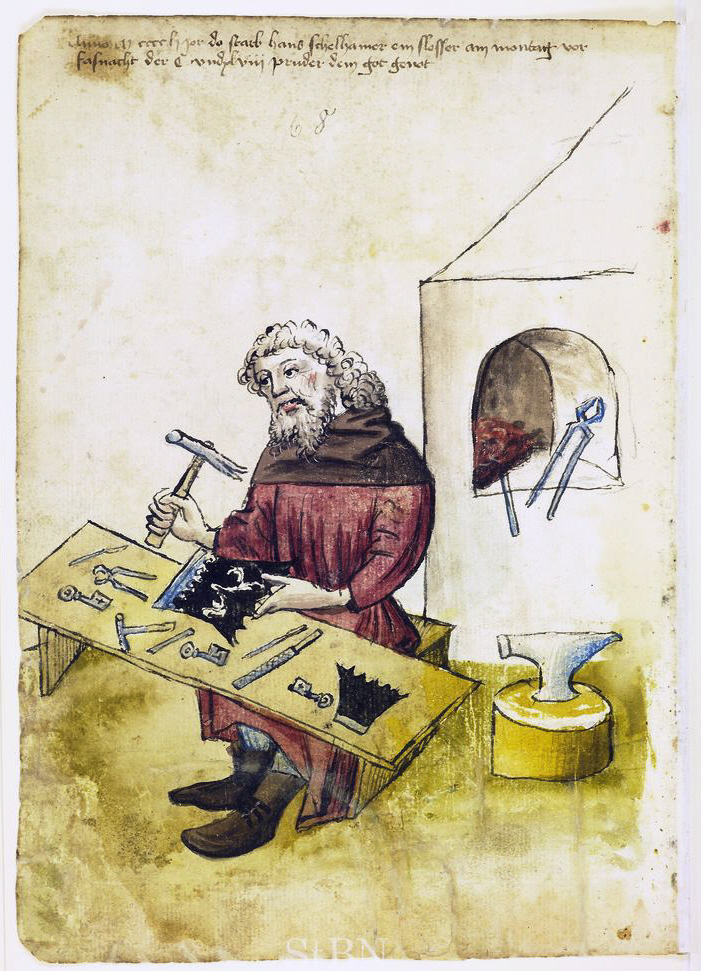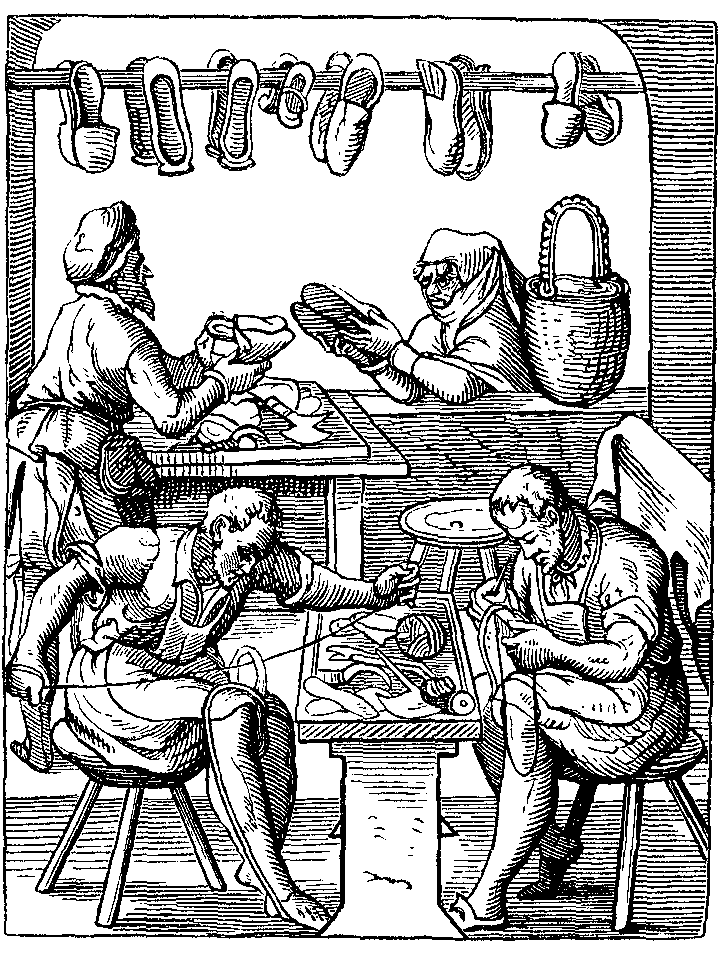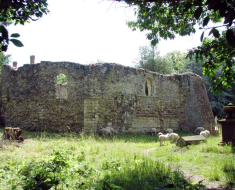Guilds began to form in the 11th and 12th centuries as towns grew around marketplaces and trade routes.

Skilled workers, recognising the need for protection and organisation, banded together to form these groups, which typically centred around specific trades or crafts. A guild could represent a blacksmith, weaver, baker, merchant, or any other specialised worker, each with its own set of standards and rules.
The formation of guilds served multiple purposes. At their core, guilds were created to protect the economic interests of their members. This included setting fair wages, ensuring quality control in the products being made, and managing trade secrets or proprietary knowledge.
Guilds also worked to regulate competition…limiting the number of practitioners of a particular trade, so that each member could have a chance to earn a living. Guilds also had a significant economic influence on medieval towns and cities.

They were responsible for regulating the supply and demand of various goods and services, often controlling the price of items, ensuring that no one undercut the market by selling inferior goods or overcharging for products. In addition to their control over production, guilds were also instrumental in organising trade between regions.
They often worked closely with local governments, and their influence helped facilitate international trade across Europe. Guilds were crucial to the development of local economies, as they provided an organised, efficient means of dealing with the flow of goods and services within towns. Beyond their economic role, guilds also provided an important social framework for medieval workers.
Guilds created a sense of community among artisans, where solidarity and mutual support were key values. The members of a guild were often seen as family, and the guild would provide assistance in times of illness, old age, or family bereavement. Some guilds even offered financial assistance to the families of deceased members.
Guilds were also a training ground for the next generation of workers. Aspiring artisans would begin as apprentices, working under the guidance of a master of the craft. Over time, apprentices would learn the trade, progress to journeymen (workers who were qualified but not yet masters), and eventually become masters themselves.

This system of mentorship ensured that high standards of craftsmanship were maintained across generations, and that knowledge was passed down within the guild. As their power grew, guilds began to influence the political landscape, often competing with the nobility for control over resources and decision-making. As early capitalism took hold and larger merchant companies and trade networks emerged, guilds began to lose their grip on the economy.
By the 16th century, with the advent of global exploration and the rise of factory production, the role of guilds started to diminish. The shift from small-scale craftsmanship to industrialisation saw many of their roles replaced by larger, more efficient methods of production. However, the legacy of medieval guilds remains clear. They helped lay the foundations for modern trade unions, professional associations, and even corporate structures. The idea of workers coming together to protect their interests, regulate trade, and maintain a high standard of work is one that continues to resonate today. So…now you know!





